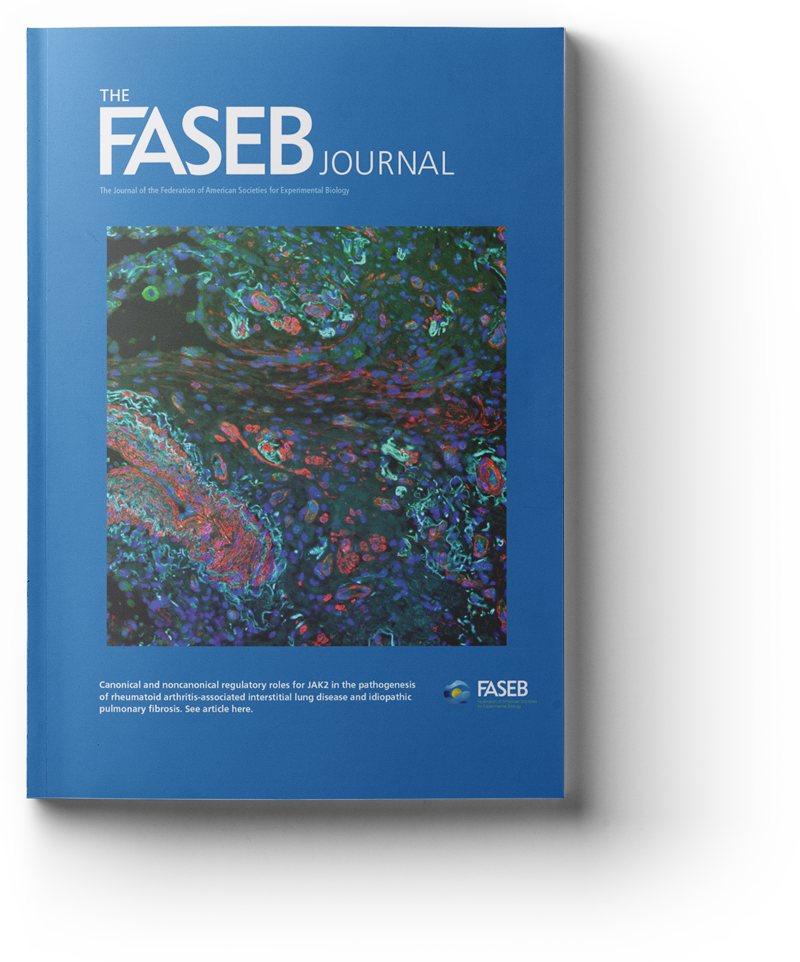The Monte Carlo computational system for stochastic modelling of dietary exposure to food chemicals and nutrients is presented. This system was developed through a European Commission-funded research project. It is accessible as a Web-based application service. The system allows and supports very significant complexity in the data sets used…
Authors: McNamara C, Naddy B, Rohan D, Sexton J.
Publication date: 20/10/2003





